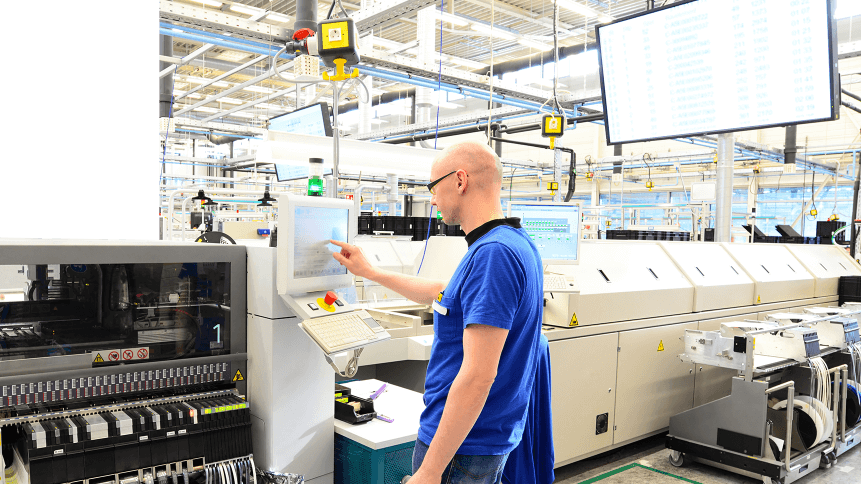Is hardware the root cause of most IoT struggles?

The mass adoption of IoT (Internet of Things) technology leads experts to predict its impact could be worth a potential $11.1 trillion a year to the economy by 2025.
A broad swathe of industries— from technology, manufacturing, healthcare, energy and agriculture— are scrambling to reap the tech’s benefits. At the same time, heated competition between vendors means the technology and hardware is becoming both cheaper and easier to integrate.
According to Particle’s State of IoT 2019 report, a survey of 800 professionals, the most popular IoT use case — among exactly a third of respondents— is remote monitoring.
Here, complex facilities— such as factories, power plants and airports— can deploy sensors, providing new data points for operational insight which not only provides business intelligence and data for predictive analytics but can lay the groundwork for potential automation.
Investment in IoT for preventative maintenance (23 percent), meanwhile, was found to generate ROI of 545 percent for businesses. The technology can feed data back on systems’ performance, allowing for repairs and maintenance to be made on-the-fly before costly damage to machinery sets in.
Other companies are deploying IoT for competitive advantages in asset tracking (14 percent)— helping them outperform peers in terms of workforce utilization by 40 percent— and in consumer product (12 percent), consumer fulfilment (8 percent) and compliance (3 percent).
YOU MIGHT LIKE

Rotterdam becomes ‘smart port’ with IoT
While the technology will one day become more or less ‘plug and play’, at present, it’s not without its challenges and according to Particle’s research, some of the tech’s biggest complexities relate to the hardware itself.
More than half of respondents (55 percent) said debugging unhealthy devices was the hardest task when developing an IoT product.
Another 45 percent said delivering updates to edge devices was difficult, while struggles with reducing bandwidth consumption of devices was a pain-point for more than a third (36 percent).
On the other end of the scale, collecting and storing data via IoT devices was an issue for just 20 percent. Selecting vendors and visualizing data was a challenge for just 23 percent respectively.
“The theme is clear, interfacing with embedded hardware and managing how the software gets to and from edge devices is consistently more challenging than managing data once you have it,” read the report.
Despite the ensuing challenges with hardware, Particle’s study showed that for 57 percent of companies embarking on an IoT trial, investing in the hardware first was the first and most logical step.
The reason for this is because whatever the goal, IoT hardware, such as development kits and components, allows businesses to quickly connect an object to the internet and rapidly prototype an idea.









